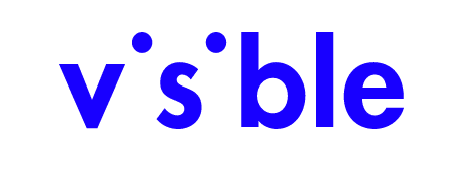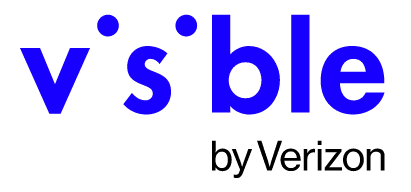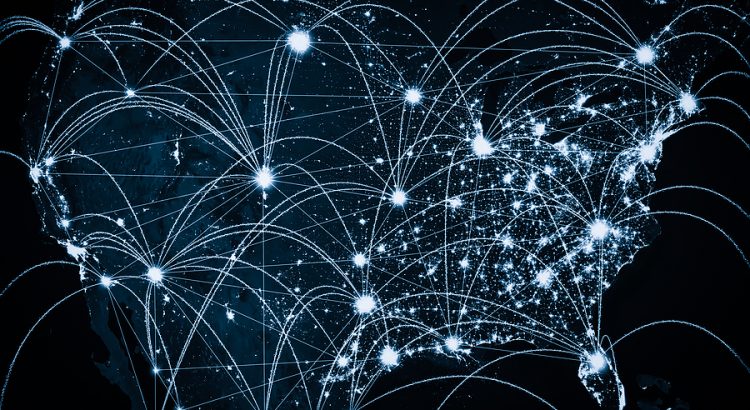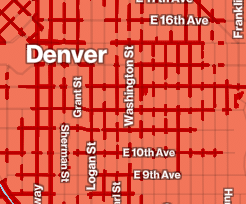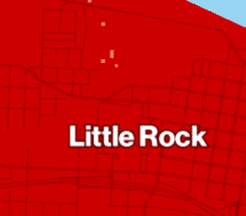From today through March 31st, Visible is running a promotion that brings is the Visible Base Plan down to $25 per month (the same rate that was previously available with Visible’s retired Party Pay program). During the promo, Visible+, the carrier’s premium plan, is also being discounted from $45 per month to $35 per month.
As I understand it, customers that take advantage of the program will continue to pay the reduced rate indefinitely.1 More about the promo can be found on Visible’s homepage. Here are the terms mentioned there:
New members or existing members upgrading from the Visible Unlimited Plan qualify to receive $10/mo off the Visible+ Plan or $5/mo off the Visible Plan. Promotion will automatically apply to qualifying members, reflected as either a $10 discount off the normal rate of the Visible+ Plan or a $5 discount off the normal rate of the Visible Plan.
Promo is not transferable, not redeemable for cash and has no cash value. Member must maintain service on the Visible+ Plan or Visible Plan to maintain promotion; no value will be provided to the member if an account is terminated or migrates to an ineligible plan.
Promo applies to service charges and the member is responsible for all applicable taxes and fees. Promo may not be combined with any other service promotion, such as VIP/VBPP discounts and Connection Protection Program. Promo is stackable with the Choose Your Own Gift Card program and the Bring a Friend Program.
Void where prohibited, taxed, or otherwise restricted. Visible reserves the right to change or terminate this offer at any time, with or without notice, including for any violation of Visible’s terms of service. If Visible, in its sole discretion, determines that a member has engaged in abuse, misuse, or gaming in connection with this offer, or that the member intends to do so, Visible reserves the right to disqualify the member from this promotion.




